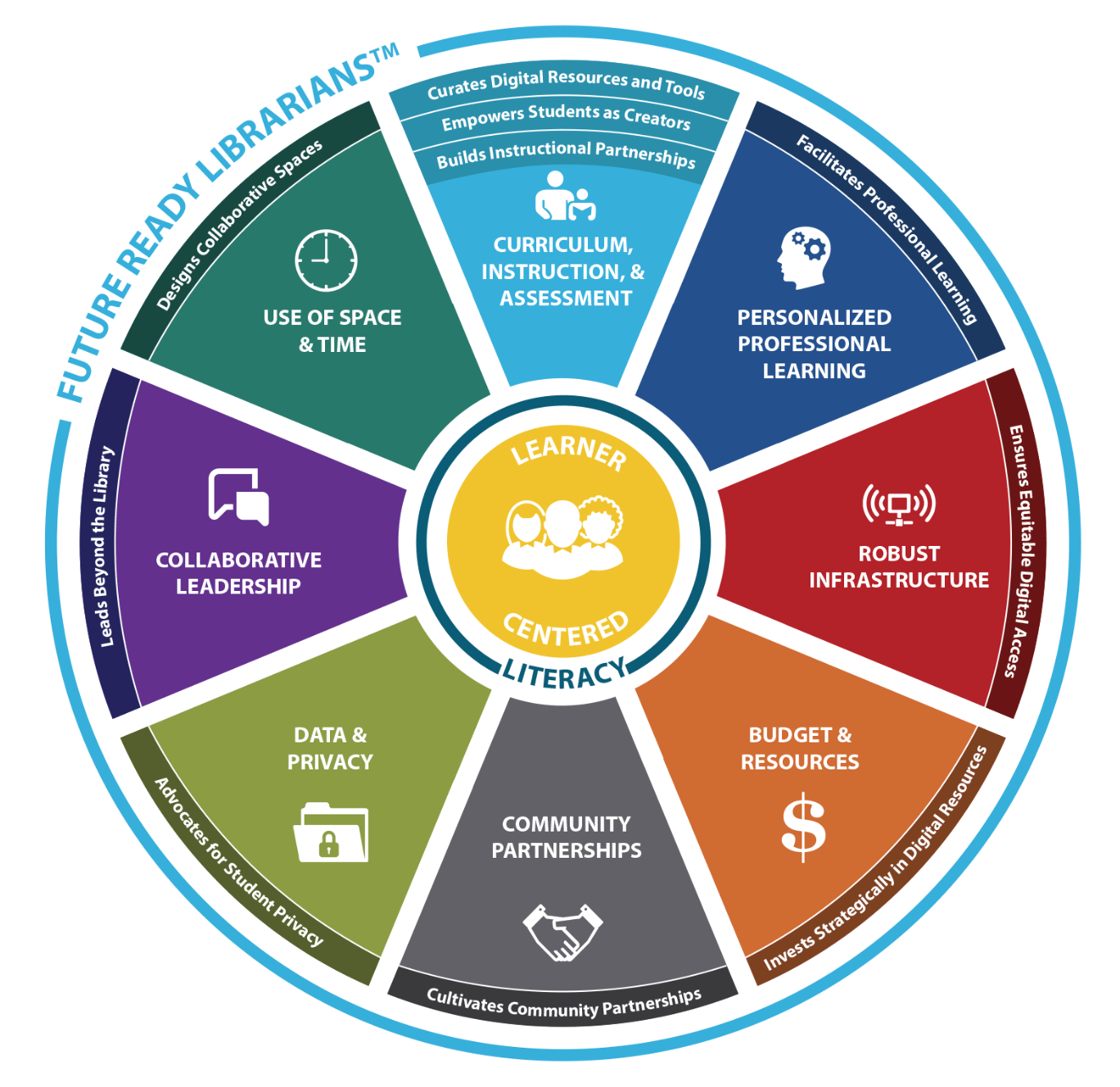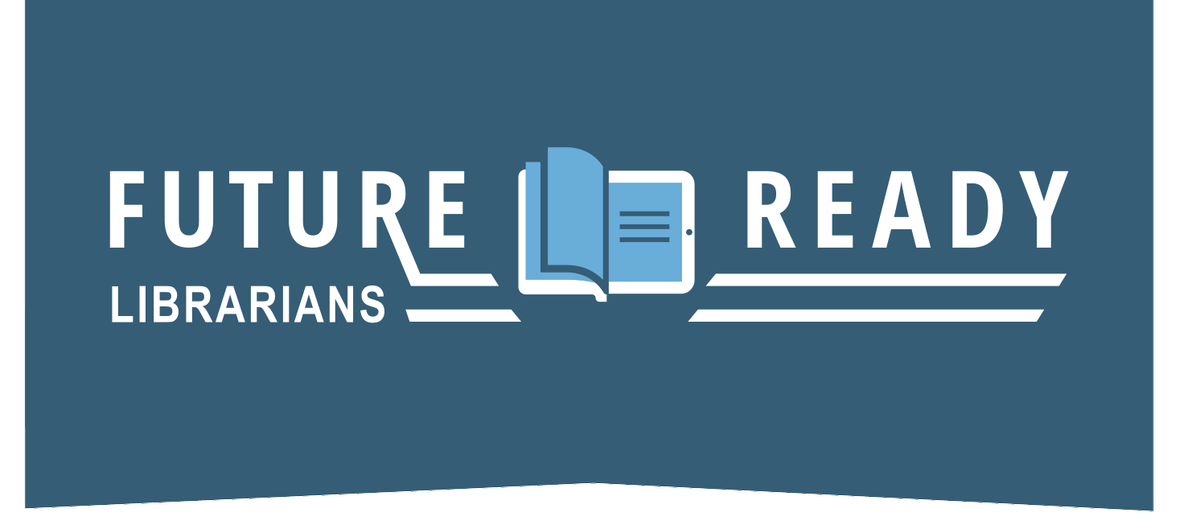Domains & Competencies
AASL Summary Description
Fiero’s Code Club Connection
I. Inquire.
Build new knowledge by inquiring,
thinking critically, identifying
problems, and developing
strategies for solving problems.
Our self-guided learning environment mirrors inquiry based learning. Our project based learning mode (called Missions in our program) presents problems and allows students to design solutions on their own.
II. Include.
Demonstrate an understanding of
and commitment to inclusiveness
and respect for diversity in the
learning community.
Code club is social in nature and sees diversity as an asset to the learning experience. Code club is at its best when harnessing the power of a diverse community of learners.
III. Collaborate.
Work effectively with others to
broaden perspectives and work toward
common goals.
Collaboration happens in two major ways in a Fiero code club: First, learners are paired together to solve problems when a student gets stuck. Second, collaborative projects (called Missions in our app), are a variation on one of our two learning modes.
IV. Curate.
Make meaning for oneself and others
by collecting, organizing, and sharing
resources of personal relevance.
Students have two primary opportunities to curate their work: The first, which is built right into our software, is a digital portfolio of the various websites games, apps, and animations the student has created throughout their code club tenure. Second, regular showcase events provide opportunities for students to present what they have have created to an audience.
V. Explore.
Discover and innovate in a growth
mindset developed through
experience and reflection.
Our code clubs are designed to be exploratory in nature. Kids go at their own pace and choose to work on modules that are intersesting to them. If they lose interest or develop curiousity in another module, they can switch over at any time.
VI. Engage.
Demonstrate safe, legal, and ethical
creating and sharing of knowledge
products independently while engaging
in a community of practice and an
interconnected world.
Remixing is a common activity in code club. The way the platforms engage with remixing inherently teaches ethical reproduction of other’s work.

Domains & Competencies
Future Ready Summary Description
Fiero’s Code Club Connection
Curriculum, Instruction, and Assessment.
Curates Digital Resources
Leads in the selection, integration, organization, and sharing of digital resources and tools to support transformational teaching and learning and develops the digital curation skills of others.
Builds Instructional Partnerships
Partners with educators to design and implement evidence-based curricula and assessments that integrate elements of deeper learning, critical thinking, information literacy, digital citizenship, creativity, innovation, and the active use of technology.
Empowers Students as Creators
Encourages and facilitates students to become increasingly self-directed as they create digital products of their learning that engage them in critical thinking, collaboration, and authentic real-world problem solving.
Curates Digital Resources
Fiero’s code club curriculum does the work for you. We curate the best digital resources for a wide variety of coding disciplines and package it together in our software.
Builds Instructional Partnerships
Fiero is your go-to instructional partnership for coding education. Our curriculum has a proven track record to build critical thinking, creativity, and innovation.
Empowers Students as Creators
Fiero’s code clubs are self-directed learning environments. Students use their own creativity to solve problems and build real websites, video games, apps, animations, etc.
Personalized Professional Learning.
Facilitates Personalized Professional Learning
Leads professional learning to cultivate broader understanding of the skills that comprise success in a digital age (e.g.,
critical thinking, information literacy, digital citizenship, technology).
Research has connected learning to code to growth in critical thinking and problem solving. Additionally, learning the basic coding and technoloy skills that are presented in code club will be invaluable in any career in the digital age.
Robust Infrastructure.
Ensures Equitable Digital Access
Provides and advocates for equitable access to collection tools using digital resources, programming, and services in support of the school district’s strategic vision.
75% of students do not have access to a computer science education (code.org). Code clubs in libraries dramatically increase access to these types of transformative experiences.
Budget and Resources.
Invests Strategically in Digital Resources
Leverages an understanding of school and community needs to identify and invest in digital resources such as books and ebooks to support student learning.
While Fiero’s software is not an e-book or book, it is undoubtably a digital resource that supports student learning and meetings the needs of many communities.
Community Partnerships.
Cultivates Community Partnerships
Cultivates partnerships within the school and local community (including families and caregivers, nonprofit organizations, government agencies, public and higher education libraries, businesses) to promote engagement and a community of readers.
Fiero’s code clubs are encouraged to engage with community technology professionals. It’s not uncommon for a professional computer engineer to stop by a code club and share about their job to students. Additionally, showcase events have been a great opportunity to include the wider community.
Data and Privacy.
Advocates for Student Privacy
Teaches and promotes student data and privacy through his or her instruction and role as an educational leader
Fiero’s platform is fully COPPA compliant.
Collaborative Leadership.
Leads Beyond the Library
Participates in setting the school district’s vision and strategic plan for digital learning and fosters a culture of collaboration and innovation to empower teachers and learners.
Many schools don’t offer any kinds of computer science program. Libraries can lead the way in this area by advocating for before– or after–school code clubs.
Use of Space and Time.
Designs Collaborative Spaces
Provides flexible spaces that promote inquiry, creativity, collaboration, and community.
Sometimes creative and flexible spaces are painstakingly designed, but underutlized. Code club is the perfect activity for these types of spaces. We’ve seen code clubs happen in libraries, classrooms, makerspaces, industrial tech classrooms, etc.

